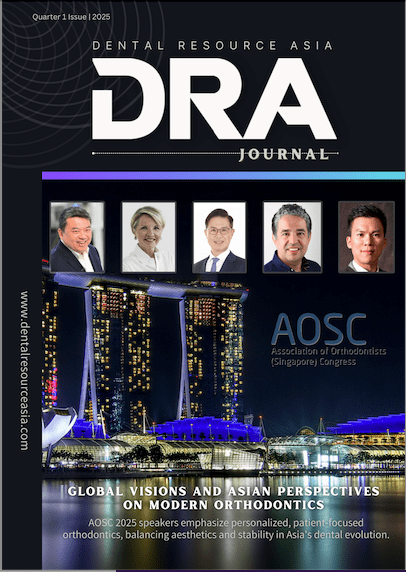Key Takeaways
- Ultra-processed foods may hinder jaw growth in young children, leading to dental misalignment.
- A study of 25 preschoolers found softer diets correlated with protruding teeth and inadequate spacing for adult teeth.
- Experts emphasize chewing’s role in stimulating jawbone growth and muscle development.
- Over 60% of UK children’s diets consist of ultra-processed foods, exacerbating orthodontic risks.
- Historical data aligns with findings, linking soft diets to shrinking jaw sizes over centuries.
Study Connects Ultra-Processed Diets to Jaw Growth Challenges in Children
A recent study from the Catholic University of Valencia’s Faculty of Medicine and Health Sciences has found a correlation between modern diets high in ultra-processed foods and impaired jaw development in young children. Published in The Jerusalem Post, the research highlights how soft, easily chewed foods may contribute to dental crowding, misalignment, and smaller jaw sizes.
Research Findings and Methodology
The study observed 25 children aged three to five, analyzing their dietary habits, dental structures, and skull morphology. Results indicated that children consuming softer foods were more likely to exhibit protruding front teeth (malocclusion) and insufficient gaps between primary teeth—a critical factor for accommodating larger adult teeth. Without adequate space, permanent teeth may emerge crowded or misaligned.
Dr. Laura Marques Martinez, a lead researcher, noted, “Diets based on ultra-processed foods, which are soft and require minimal effort to chew, negatively affect the development of the jaws.” She stressed that chewing fibrous or solid foods, like fruits and vegetables, “exercises the jaws, helping to prevent malocclusion and deficiencies in dental arch size.”
Expert Insights on Dietary Trends and Orthodontic Risks
The findings echo broader concerns about ultra-processed foods (UPFs), which now constitute nearly 60% of British diets. Children as young as seven derive 59% of their calories from UPFs, rising to 70% among adolescents. Common culprits include crisps, flavored yogurts, and ready-made meals—high in sugar, salt, and additives.
Professor Tim Spector, a health scientist, linked the surge in orthodontic issues to prolonged consumption of soft foods. “We’re seeing a huge rise in braces and crooked teeth,” he said, attributing this to underdeveloped jaws. Historical data from the University of Kent supports this, suggesting industrialized diets have caused jaws to shrink relative to tooth size over centuries.
The Texture Factor: Beyond Chemical Concerns
While debates around UPFs often focus on chemical additives, Spector emphasized the role of food texture. “A lot of discussion focuses on the chemicals… but not enough on the soft texture,” he stated, noting that Western diets increasingly rely on UPFs lacking the firmness needed to stimulate jaw growth.
Stanford University researchers added that soft diets disrupt “signaling systems” governing facial structure, underscoring the need for dietary adjustments. “Chewing plays a crucial role in proper jaw development,” Martinez reiterated, urging parents to prioritize nutrient-dense, textured foods.
Implications for Public Health
The study adds to mounting evidence urging a shift away from UPFs to mitigate orthodontic and respiratory risks. As jaw shrinkage accelerates globally, experts advocate for early dietary interventions to promote proper facial muscle and bone development.
This article is based on a report published by The Jerusalem Post , incorporating expert statements from The Sun and The Telegraph . For more details, visit jpost.com.
The information and viewpoints presented in the above news piece or article do not necessarily reflect the official stance or policy of Dental Resource Asia or the DRA Journal. While we strive to ensure the accuracy of our content, Dental Resource Asia (DRA) or DRA Journal cannot guarantee the constant correctness, comprehensiveness, or timeliness of all the information contained within this website or journal.
Please be aware that all product details, product specifications, and data on this website or journal may be modified without prior notice in order to enhance reliability, functionality, design, or for other reasons.
The content contributed by our bloggers or authors represents their personal opinions and is not intended to defame or discredit any religion, ethnic group, club, organisation, company, individual, or any entity or individual.

